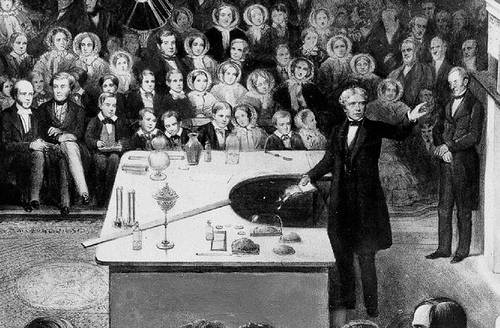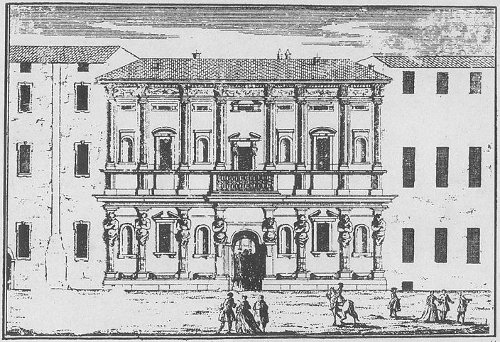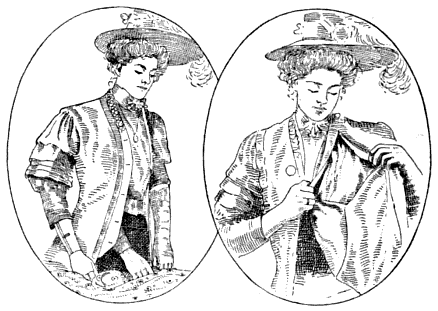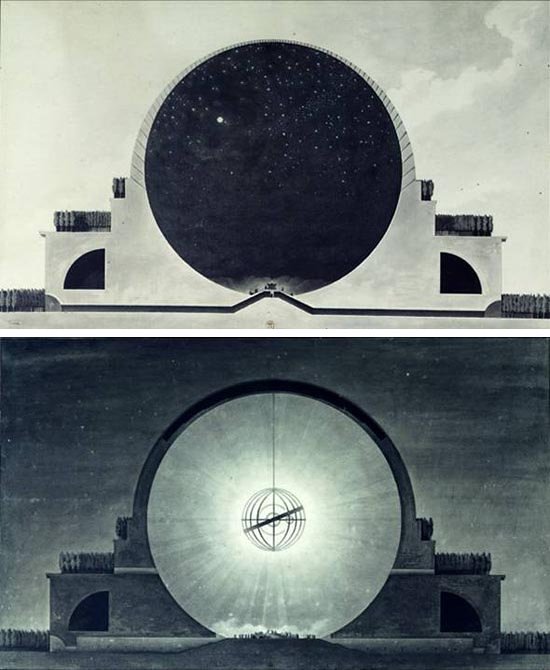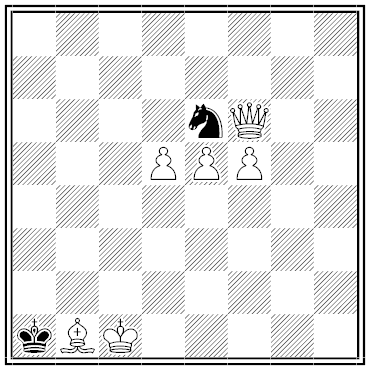Since Helen’s face launched a thousand ships, Isaac Asimov proposed that one millihelen was the amount of beauty needed to launch a single ship. And one negative helen is the amount of ugliness that will send a thousand ships in the other direction.
When the taciturn Paul Dirac was a fellow at Cambridge, the dons defined the dirac as the smallest measurable amount of conversation — one word per hour.
Robert Millikan was said to be somewhat conceited; a rival suggested that perhaps the kan was a unit of modesty.
And a bruno is 1158 cubic centimeters, the size of the dent in asphalt resulting from the six-story free fall of an upright piano. It’s named after MIT student Charlie Bruno, who proposed the experiment in 1972. The drop has become an MIT tradition; last year students dropped a piano onto another piano:



